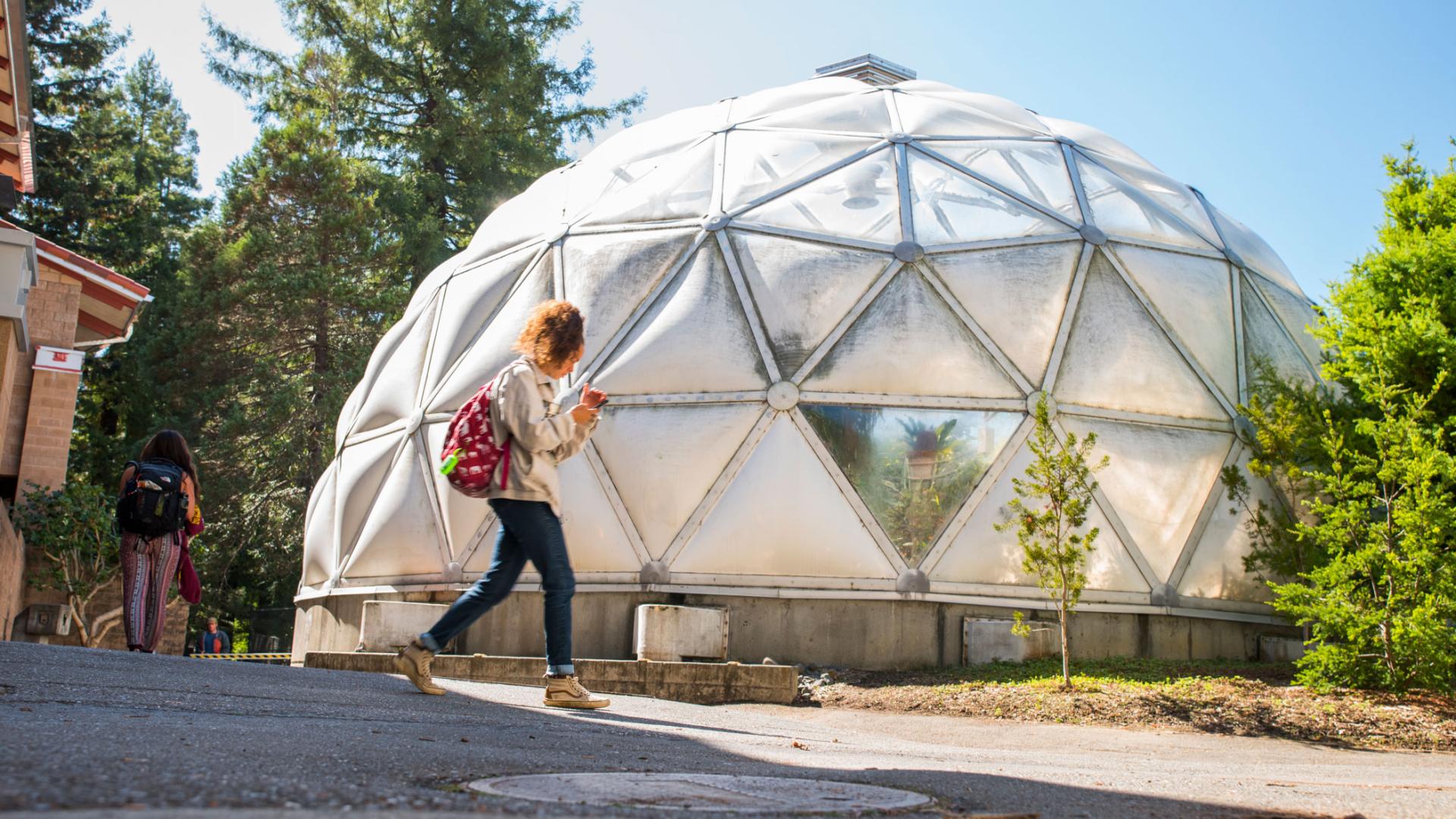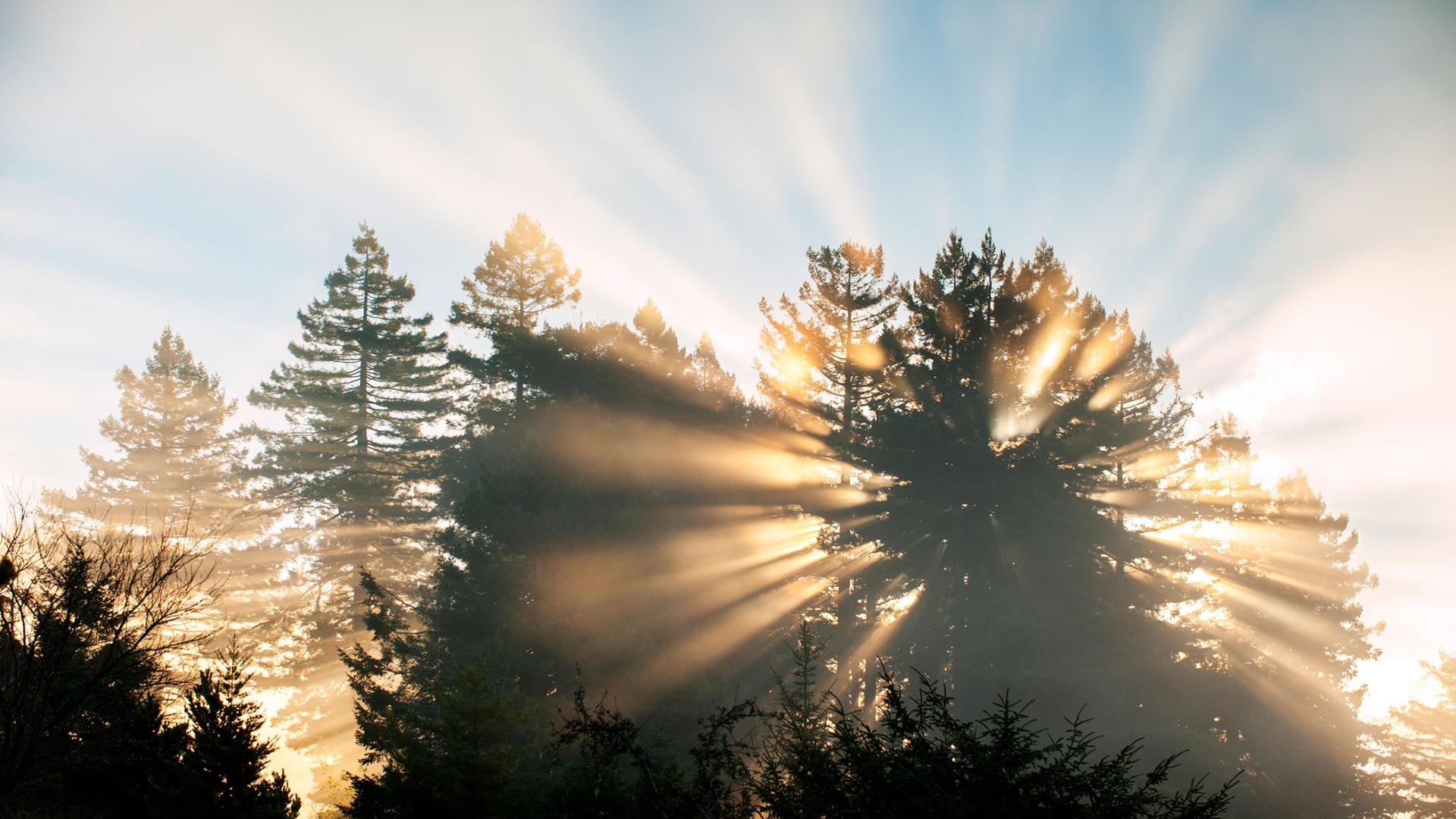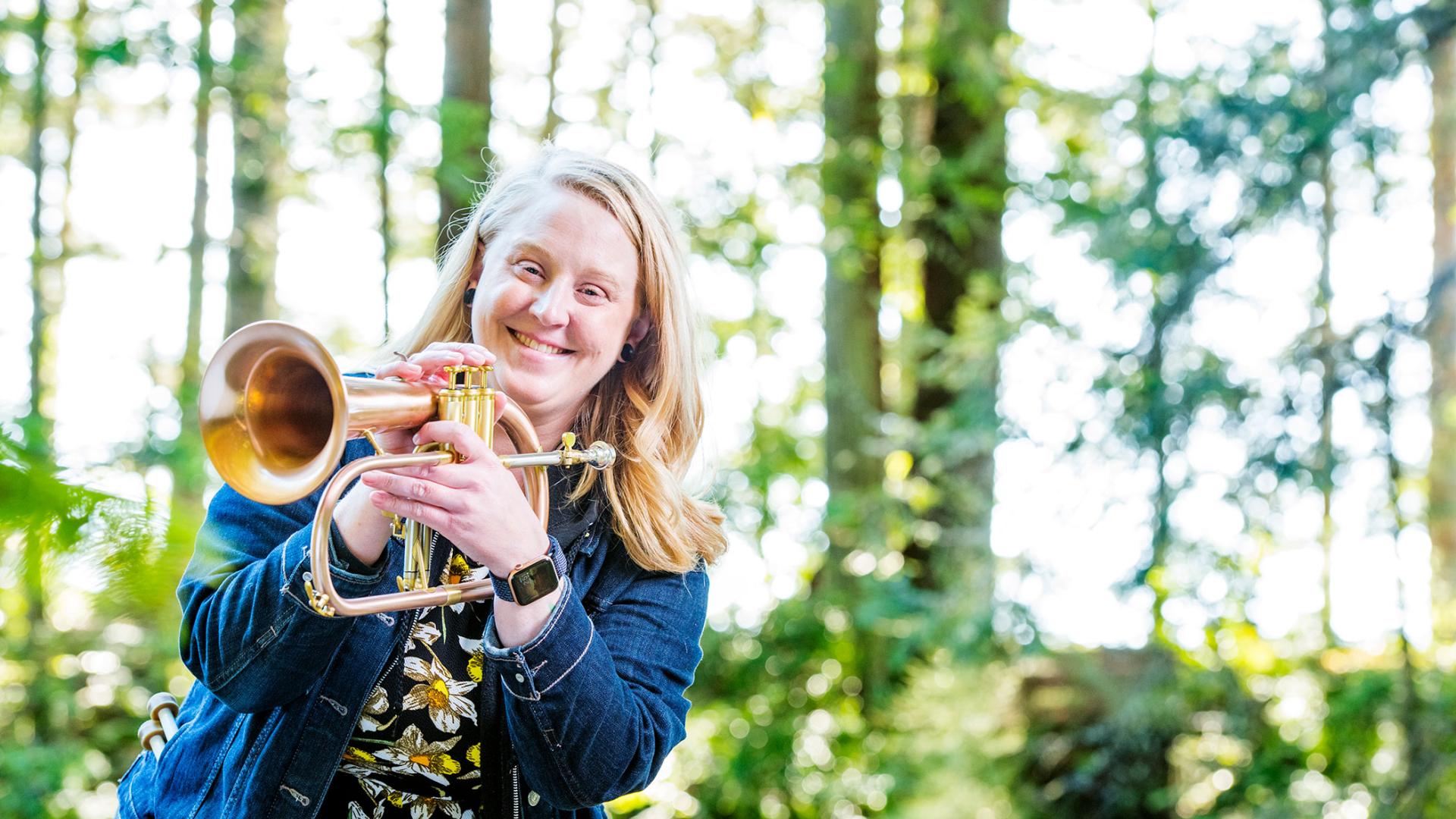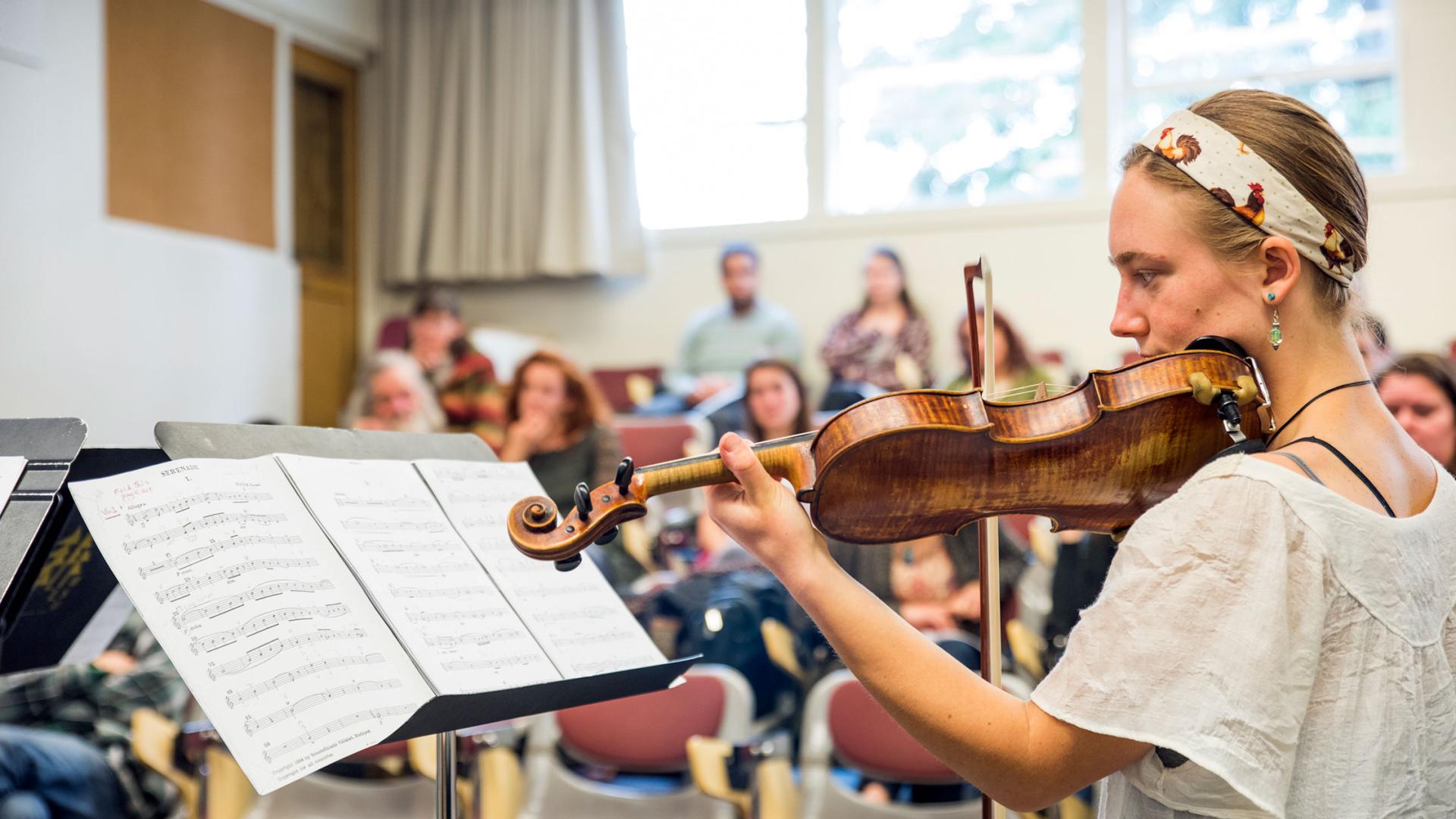Breadcrumb
Third Street Gallery archive: 2007 Exhibitions: Michael Bravo Work Survey: 1966-2006
Third Street Gallery • -
As the world continuously rotates, seasons change through time. While one organism is born, another dies. In order to allow this constant rebirth of life, the seeds of life need to be planted. Plants as well as all of the creatures of nature have ability to reproduce and disperse their seed and their progeny, some across many miles. Much like the coconut drifting across the sea trying to inhabit a new island, to form future generations, Earth drifts through the cosmos like an untethered island. So what types of seeds do we as earthlings spread or receive through the galaxy? Michael Bravo’s artwork guides us through this journey of time and space, collecting, recording and creating around the human perception of this fecund Universe. A traveling man by nature, Michael Bravo takes a refreshing approach in this survey of his art, revealing his knowledge of multiple mediums of art.
Michael Bravo’s artwork is an exploration of his personal interests and discoveries throughout his life. It is an authentic reflection of his exploration into the inner workings of his subjects—the parts we don’t see—and his subjects’ interconnectivity. His personal philosophies about life are expressed throughout this body of work. Bravo is able to apply his acute sense of his subjects and has a broad intuitive ability to reinterpret their information artistically, drawing out aspects of his subjects that would otherwise remain unseen. He feels that life is an interactive process that is always changing and it is important to understand our individual experiences. He has been exploring these ideas through painting, photography, printmaking, and sculpture.
Bravo loves to travel and loves the feeling of waking up somewhere new and not knowing where he is. For years he documented his destinations by drawing. He drew cities to record human activities and their artifacts. His precisely accurate drawings often took several trips to the same site to finish, and after one particularly cold day he decided to start photographing these places instead. His father, a photographer who used a large format camera, influenced his work greatly. Bravo began traveling to the Southwest, taking pictures. There he found empty spaces that truly fascinated him. Through photography he tries to push his energy into that space and imagines the pictures as some form of real estate. There is a physical magnetism that draws him to these places. They are spontaneous in their discovery and he often revisits the ones he likes best. The process of re-visitation is driven by the desire to understand that place and how it has changed. Bravo also goes back to learn more about himself and his own changes. His intention is to photographically record this destination in a manner, which alone would satisfy the viewer.
A change that had a huge influence on Bravo’s photography was the introduction of computers. He loved the possibilities of the computer, the way they helped him improve his picture’s capabilities. For the first time he was able to print large photographs from his negatives. The image Sheep’s Head, his first large-scale print, started as three black and white negatives. They were scanned, merged into a panorama, the bands were removed and the negative space was drawn in digitally with Photoshop. Bravo then added subtle color in select areas of the landscape. The effect is timeless, vast and still. He was conscience of the resemblance between these empty spaces and lunar images, which had always intrigued him. N.A.S.A.’s images of lunar landings and exploration photos are what aided in him visualizing these photos.
Bravo has always been able to combine his personal interests and art. As a fisherman on the California North Coast’s rivers, he found himself bringing home more objects for artwork than fish, especially driftwood. As his collection of driftwood sticks grew, he started leaving the fishing pole at home so he could carry home more sticks. He paints the sticks and stacks them to make different forms. This combination of natural forms and bright colors creates a strong contrast. Much like Bravo’s other work, he attempts to breath life and energy in an otherwise lifeless form.
Bravo is investigating several different themes throughout his artwork. His fascination with translucent objects started when he was very young. He wanted to draw what was on the inside of objects, not just what was visible. He started with the ellipse, which is a challenging form to draw realistically. As a child he drew cars just so he could draw the ellipsis of the wheels. Later, he figured cakes were something that were ellipsis with a familiar association. Cakes, the dessert kind, gave him the freedom to paint celebratory forms that evolved from the exploration of how space works. To Bravo the cake image represents the shortness and sweetness of life. The candles are a symbol for taking chances, because “if you never light the candles, you can’t get your wish”.
The theme of translucency is expressed through his sculptures as well. Several pieces are made of clear acrylic but have the look of carved ice. Two such pieces, Amp and Juvenal are included in this exhibition.
The idea for these sculptures came from his early observation of “suicide knobs” on the steering wheels of old hot rods, He recalls one acrylic knob made of this same material, which had the look of clear, flawless glass with a three dimensional red rose suspended on the inside. He wanted to see how it was done, and use that knowledge to create art.
He began carving small pieces, experimenting with the translucency and the information that he could imbed within the sculpture. He cuts thick sheets of Lucite into various shapes and then carves them down with an industrial grinder , which adds texture and shapes the piece. The stacking and gluing of these craved slabs gives rise to their shape and volume. Since many of these pieces are hollow, they enable him to abstractly paint the interior to give them more depth and add color.
Abstract painting has allowed Bravo to address formal concerns without being influenced by image. He wants to hold visual interest by making the viewers think and try to figure it out, as there are no easy conclusions to his work. He avoids painting recognizable objects to get an image without bombarding the viewers, so they are able to draw their own conclusions. His large abstract paintings usually take six months to a year to complete. He builds them up on paper with layers of polymer medium and acrylic paint, paints on it for a few days, and then adds another layer of polymer. The paper becomes a thick multi-colored canvas with too many layers to count. The textured layers converse with one another enriching each other’s presence. Observing these abstract paintings from multiple vantage points is a must, in that it changes depth, space, and colors depending on one’s distance.
Bravo’s ability to successfully move through a series of steps to achieve a goal is what drew him to teaching. He was able to share his ability to physically execute a series of actions to get the desired results. He taught his students the important process of making lines and shapes without giving away the whole subject immediately. He encouraged them to get lost and then find themselves again throughout their artwork, the same way his teachers encouraged him. While attending California College of Arts and Crafts (currently called California College of Arts) in the 1960’s, he was greatly influenced by his professors Robert Bechtle and Roy DeForest. They were exciting to be around and passed along their own special way of relating to the world. Bravo learned what it means to be an artist, and also the responsibility of addressing the world through a visual language that is understood by everyone. It was at the CCAC that he started his dot series. He painted European in 1966, which is a map orientation of Europe using dots as in a stylistic motif.
The dots also relate to of Bravo's fascination with seeds and their importance. During a trip to a Pacific island, he was walking along a beach and saw thousands of seeds washed ashore. They were from several different places around the world, and had all ended up there. While some people may think this was a pure coincidence of nature, Bravo saw it as nature's plan. He began thinking about these tiny origins of life all traveling long distances to achieve their destiny and reproduce. He was able to visualize this same concept in the cosmos, and began painting seeds and star patterns as one. He employs images of the night sky as the backdrop for his dot images; Bravo has conceptualized multiple pictures of forms in space. Just as these tiny bits of genetic information travel on the waves, earth is a ball of genetic information floating in space. The idea that something as vast as our universe is so similar to the tiniest of seeds helps put Bravo’s connections into perspective.
Michael Bravo has a personal and exciting way of viewing the world. As art fans, we are lucky enough to be invited into his world, to catch a glimpse of his perspective through his art. Bravo feels as if the knowledge passed by his professors has been granted to him for a reason. This reason being, so that he can pass on this knowledge of life and love for art on to future generations. His knowledge of self is reflective through his work. This artistic insight has evolved through years of experience and personal development. Bravo’s ideas expand above and beyond both time and space to a place where the imagination can be free and to run wild. The most important piece of information which he share’s is the concept of connectivity. In life the seed is usually the beginning for all and all organisms over time will return to the earth. Bravo’s ability to capture and express these concepts through various mediums is a trip through the familiar in to the unknown.
Essay by Jacqueline Smith and David Ramirez





